Explore How Daredevil Sky Boys Built The Empire State Building Through Stunning Photos, 1930-1931
The Empire State Building is an iconic symbol of New York City, but the fearless men who built it between 1930 and 1931 are equally legendary.
With minimal safety gear and incredible bravery, these workers—often walking on beams hundreds of feet in the air—earned a reputation as daredevils.
Their efforts turned a risky job into one of the most compelling stories of human courage and perseverance.
Life as a sky boy

Construction safety rules in the 1930s were nowhere near as strict as today. The ironworkers who built the Empire State Building walked along narrow steel beams without harnesses, swung from cables, and sometimes even napped on the high-rise girders.
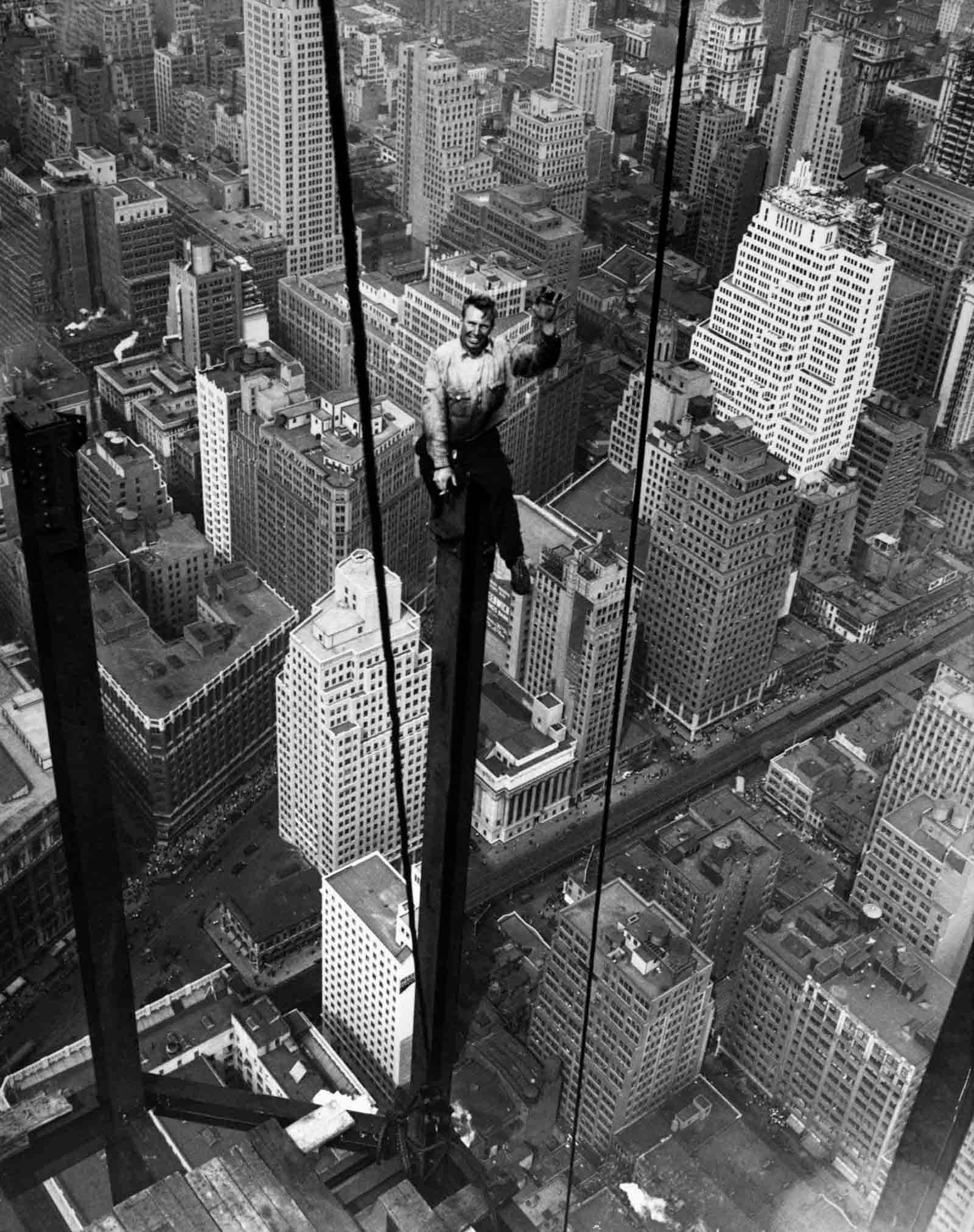
These men, often referred to as “sky boys,” turned their dangerous job into a spectacle, and the press loved it. As “The New York Times” reported, they “put on the best open-air show in town.”
The day-to-day life of these workers was thrilling yet dangerous. Photographers often captured them performing everyday tasks—eating lunch, resting, or even taking naps—on beams that seemed to hover in mid-air.

Many of these workers, primarily Irish and Italian immigrants and Mohawk ironworkers from Canada, are known for their fearlessness in handling heights.
Workers walked nonchalantly along steel beams or riding girders as they were hoisted into place, so they were often seen as modern-day daredevils.
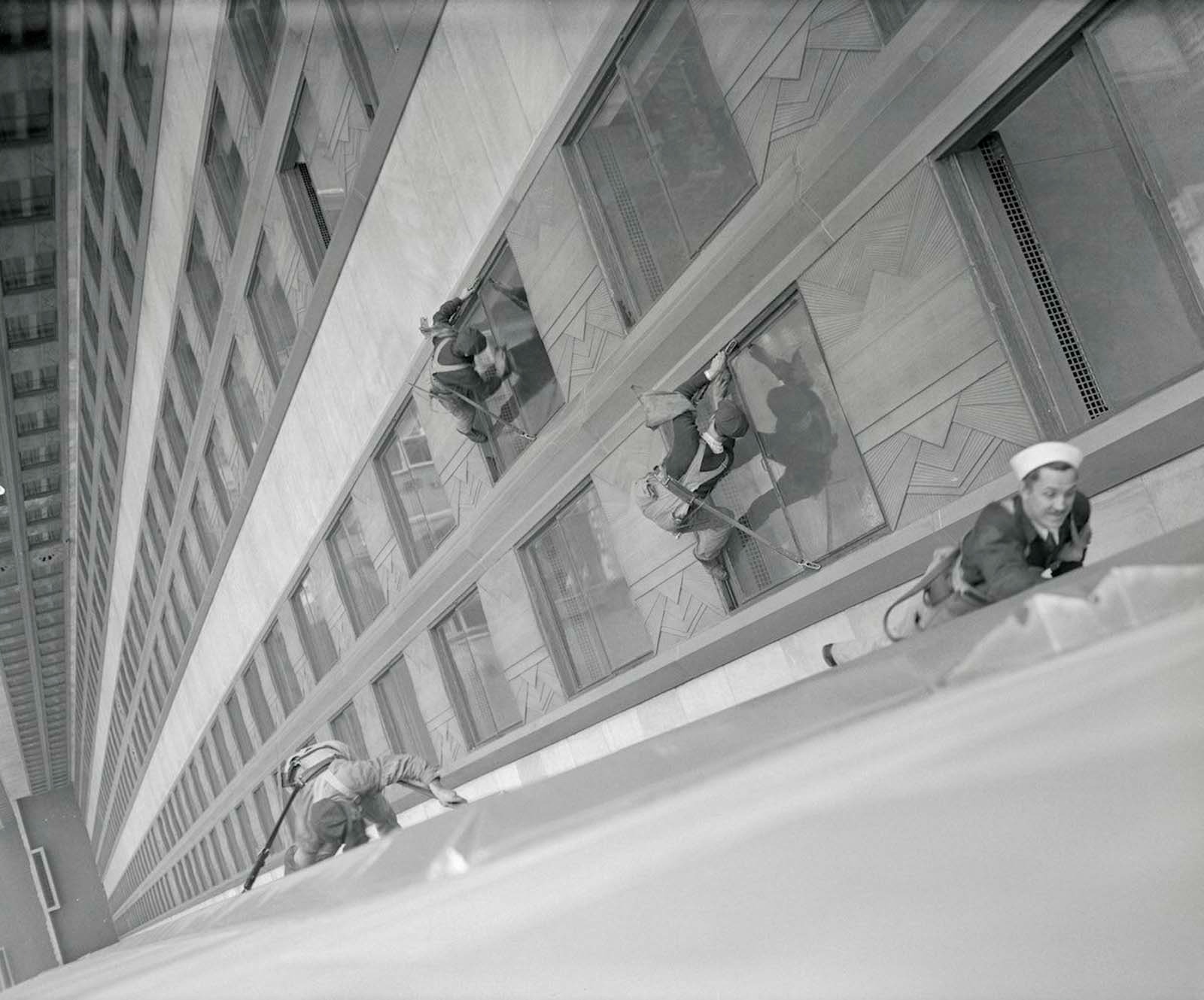
Ironworkers balanced on beams while riveters drove red-hot rivets into steel. Riveters would heat metal rivets until they glowed red-hot, then quickly hammer them into beams to secure the structure’s framework.

Precision and speed were crucial, but so was strength—holding onto the beams while maneuvering tools in high winds or freezing temperatures tested their endurance.

The camaraderie between workers helped, as they relied on one another to get through the dangerous conditions.
The risks and realities
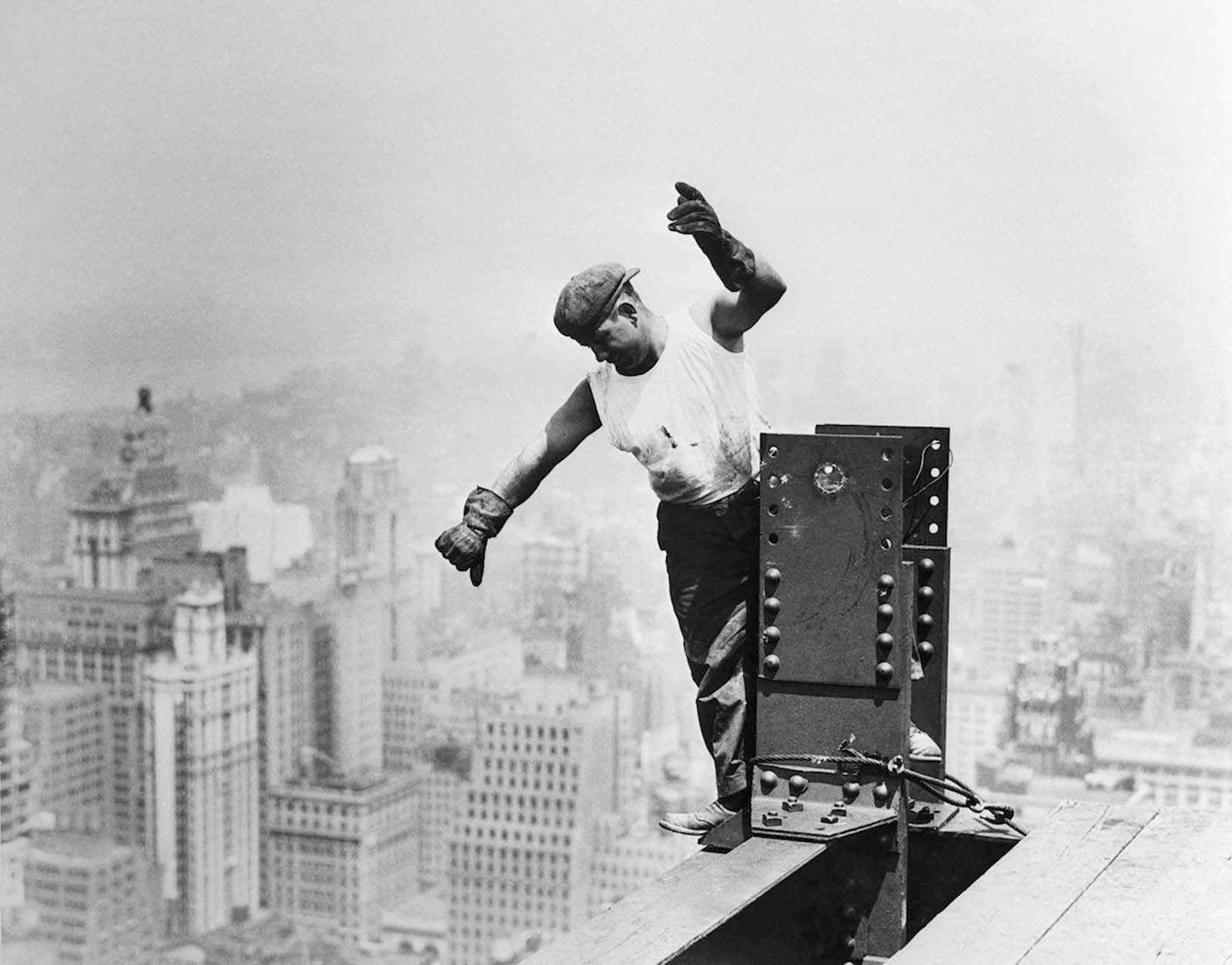
While the sky boys seemed fearless, they were deeply aware of the dangers they faced. The weather was one of the greatest threats—rain made beams slippery, and freezing temperatures numbed hands.

Official records state that five workers died during construction, though some reports suggest a higher number.
Even with the risks, the workers finished the project 45 days early, completing the 102-story skyscraper in just over a year.

The Empire State Building was an architectural marvel and a symbol of hope during the Great Depression.
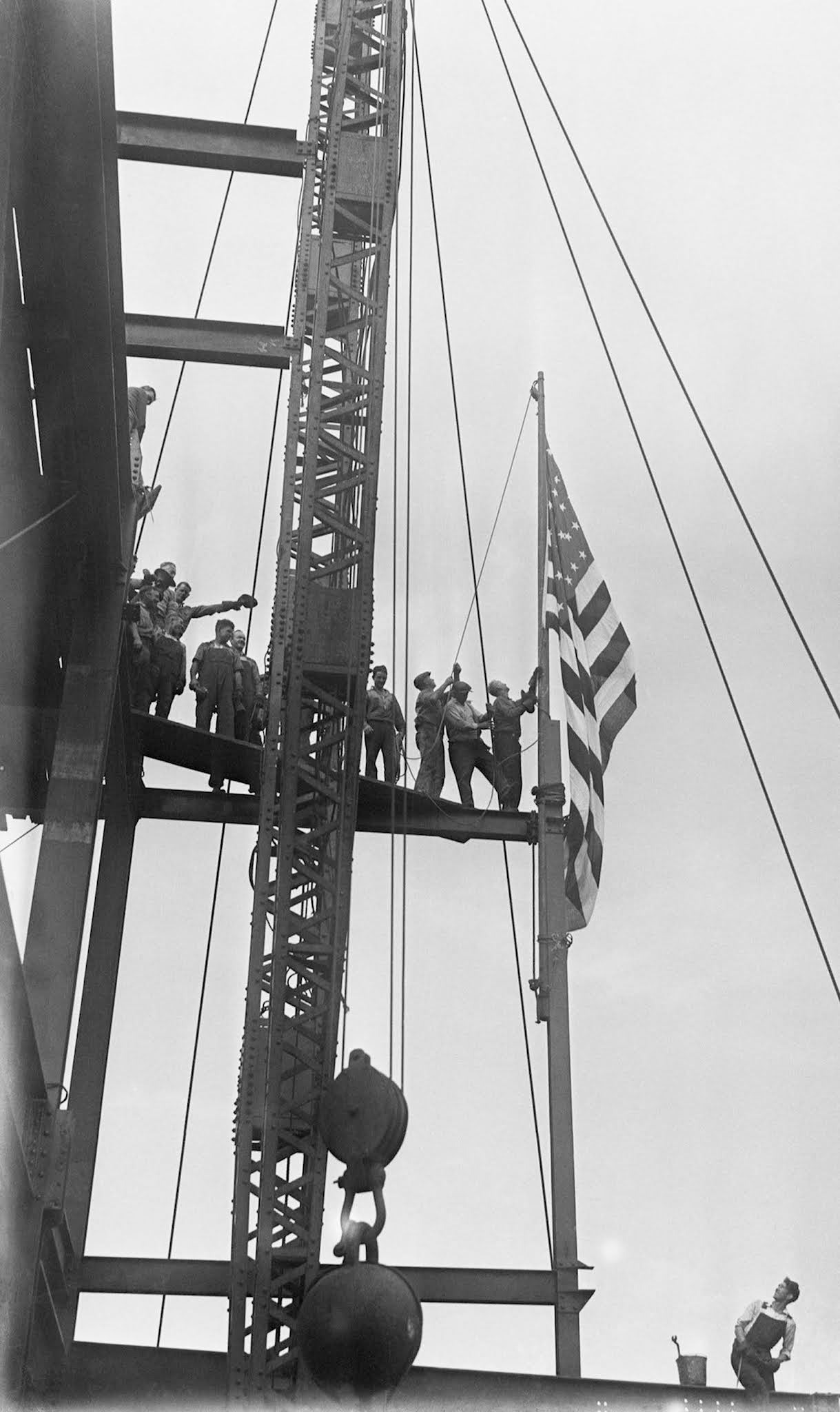
At a time when many Americans were struggling, the sight of this towering building rising above the city inspired pride and optimism.
Legacy of the builders
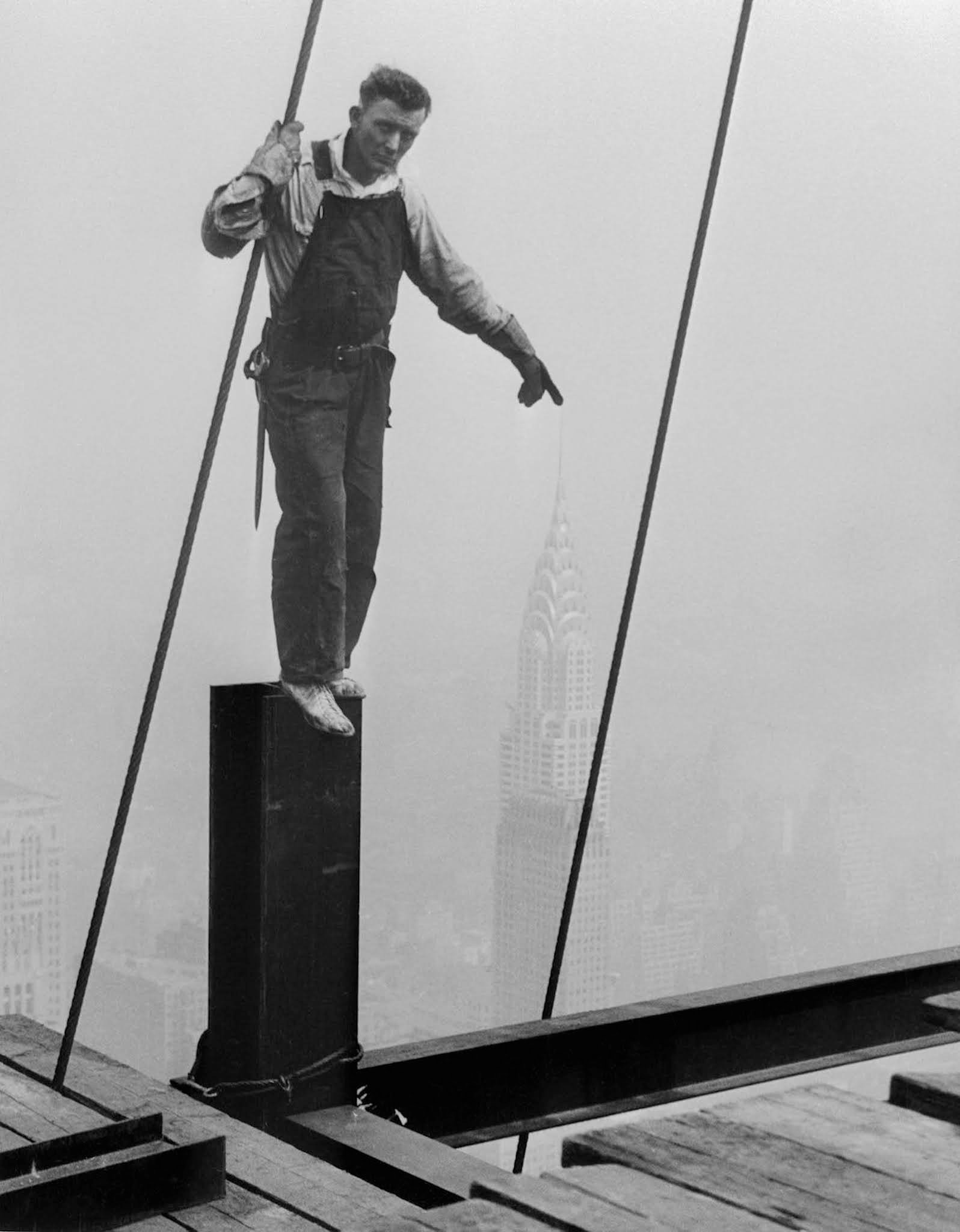
The Empire State Building stood as the tallest building in the world for over four decades and remains a symbol of New York’s spirit. The workers who risked their lives to build it became legends in their own right.

As “London’s Daily Mail” once compared them to classical heroes, they were “incredibly nonchalant, crawling, climbing, walking, swinging, swooping on gigantic steel frames.”

